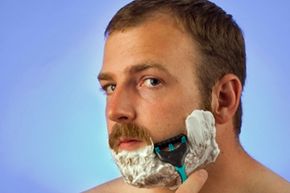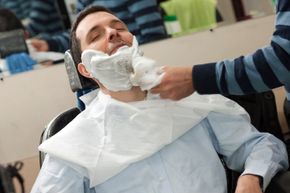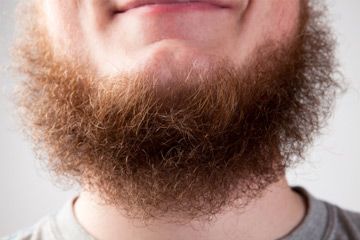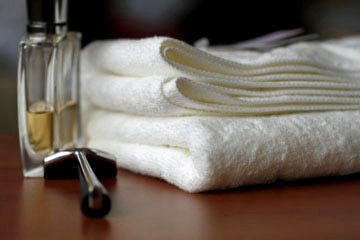Since man first started scraping his face with sharp rocks and shells in order to remove hair, he has been on a quest to do so with less pain. Not many men look forward to shaving because it can be so harsh on the face. Unfortunately for most men, it's a fact of life that has to be dealt with on a regular basis, sometimes every day.
One of the advances in shaving comfort came with shaving soap, which later morphed into shaving cream. For many years, shaving cream was puffy and dense and came out of a can that looked like a barber pole. While that popular brand is still around for the old school set, there are now many alternatives that range from a gel that turns in to a cream to expensive oils and lotions that all accomplish the same goal -- to soften the face for shaving.
Advertisement
There are also options when it comes to the ingredients in shaving cream. Like most store-bought products, the most popular shaving creams are less expensive and filled with ingredients you probably can't pronounce. As the price goes up, the ingredients become more pure and the product becomes better for your skin. So, are these unpronounceable ingredients harmful chemicals? It's worth a look -- after all, what you put on your body is just as important as what you put into it. Let's get to the bottom of whether or not they do more harm than good when it comes to your skin.
Advertisement



